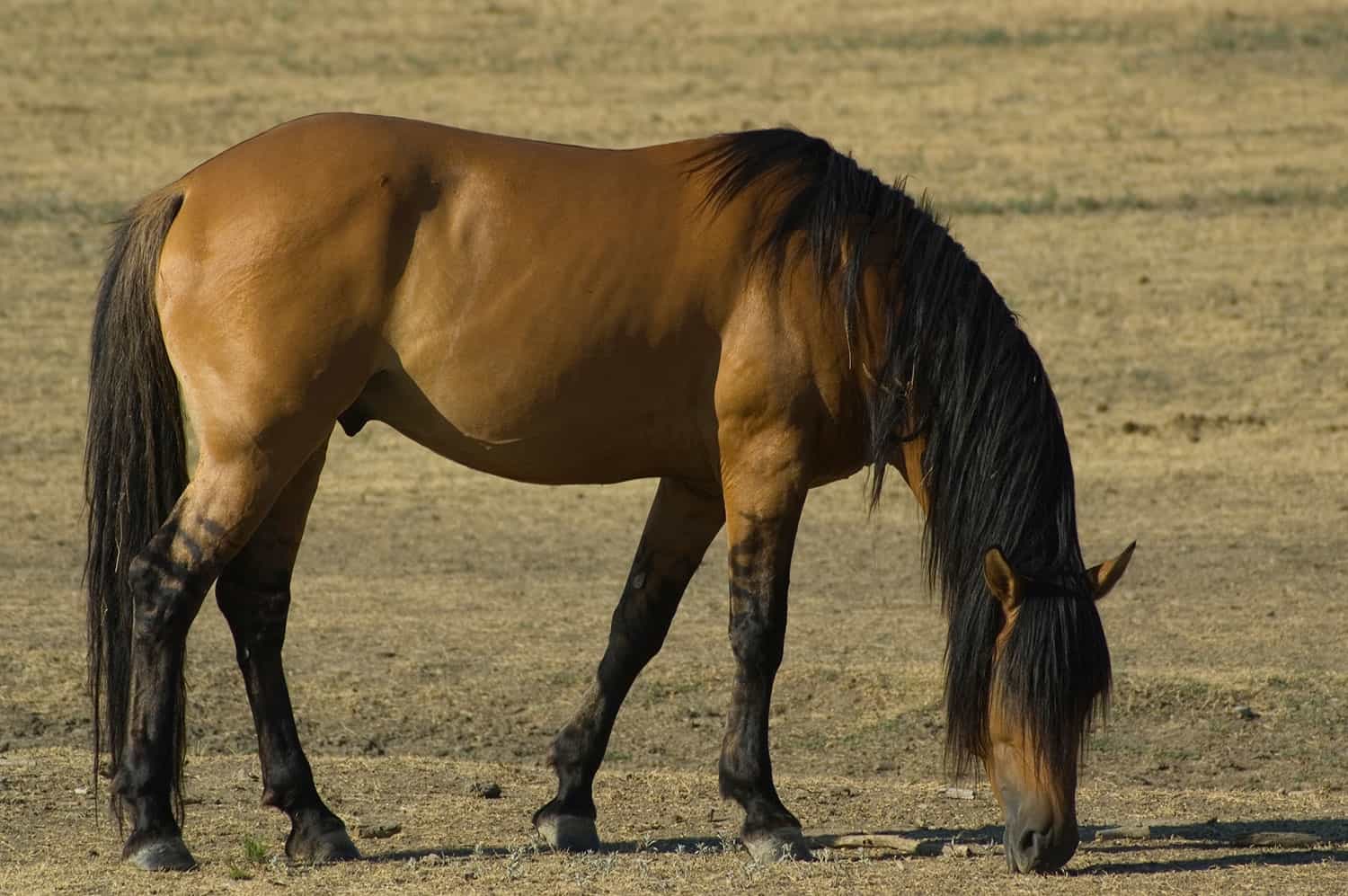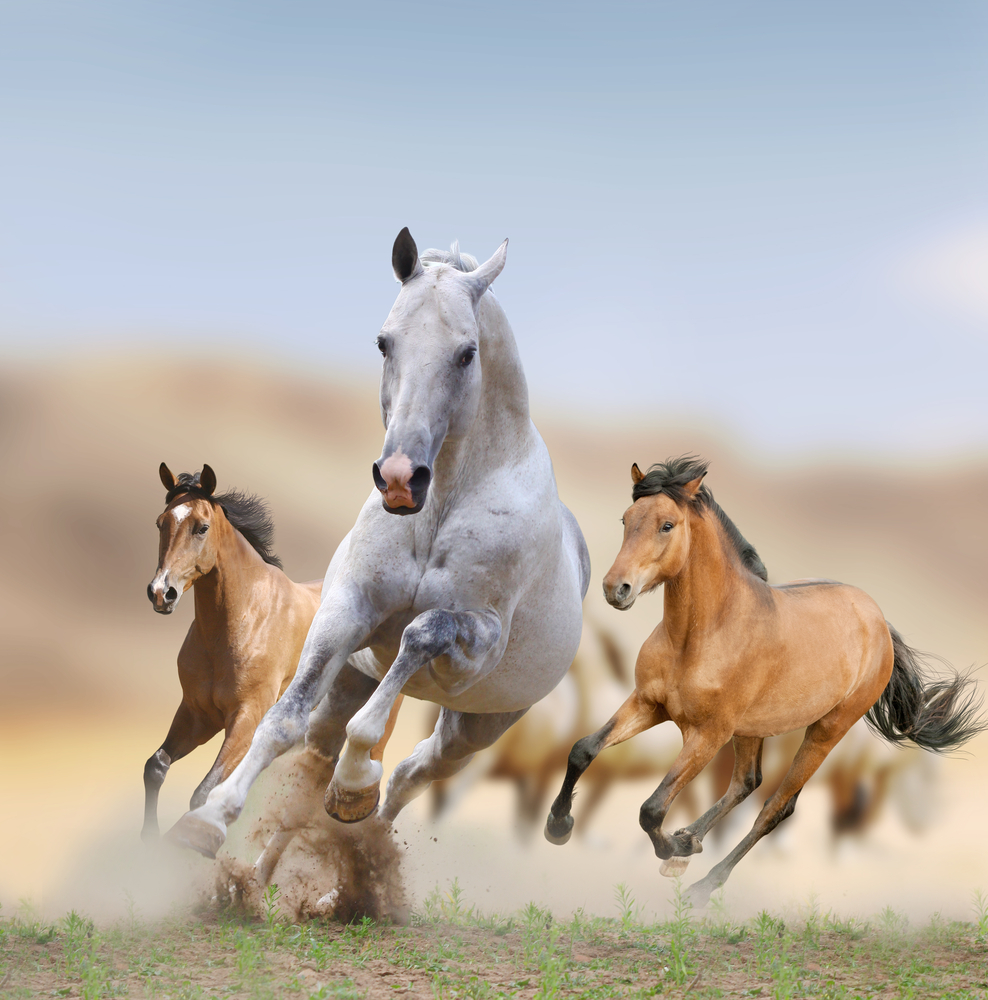Understanding the Nature of Mustang Horses: A Brief Introduction
Mustang horses, known for their wild and free spirit, are descendants of horses brought to the Americas by Spanish explorers in the 16th century. Over time, these horses have adapted to various environments, ranging from the arid deserts of the Southwest to the mountainous regions of the West. Their natural habitat has played a significant role in shaping their physical attributes, enabling them to exhibit remarkable speed and agility.
The Intriguing Question: How Swift Can a Mustang Horse Sprint?
The question “how fast can a Mustang horse run” is a fascinating one that sparks curiosity among horse enthusiasts and casual observers alike. Mustang horses, known for their robustness and adaptability, possess remarkable speed and agility, making them a popular subject of study and admiration. While the exact top speed of a Mustang horse may vary depending on factors such as age, health, terrain, and training, it is estimated that these horses can reach speeds of up to 55 miles per hour (mph) in short bursts.
Factors Influencing the Speed of Mustang Horses
Several factors can influence the speed of a Mustang horse, including age, health, terrain, and training. Let’s explore these factors in more detail:
- Age: Mustang horses typically reach their prime between the ages of 5 and 15 years old. During these years, they have developed the strength and agility necessary for optimal speed.
- Health: A Mustang horse’s overall health plays a significant role in its speed. Proper nutrition, regular exercise, and routine veterinary care contribute to a horse’s ability to maintain top speed.
- Terrain: The terrain on which a Mustang horse runs can impact its speed. While these horses can reach high speeds on flat, even surfaces, rough or hilly terrain may hinder their top performance.
- Training: Training is crucial for enhancing a Mustang horse’s speed. Proper conditioning, exercises, and techniques can help a horse build endurance, strength, and coordination, ultimately improving its speed.
How to Measure the Speed of a Mustang Horse: Practical Tips
Measuring the speed of a Mustang horse requires accurate methods and tools. Here are some practical tips to help you:
- Traditional Stopwatch Timing: Utilize a stopwatch to record the time it takes for a Mustang horse to cover a known distance. Calculate the speed by dividing the distance by the time. For instance, if a horse runs 1/4 mile in 25 seconds, its speed is 12 miles per hour (mph).
- Electronic Devices: Use electronic devices, such as GPS watches or specialized horse-riding apps, to track the horse’s speed in real-time. These devices provide accurate and consistent measurements, making them ideal for serious training or competition purposes.
- Safety Precautions: Always prioritize safety when measuring a Mustang horse’s speed. Ensure that the horse and rider are well-prepared, and avoid measuring speed on unfamiliar or hazardous terrain.
The Top Speed of Mustang Horses: A Closer Look
The top speed of a Mustang horse is a captivating subject for many. These horses, known for their robustness and adaptability, can reach impressive speeds, particularly in short bursts. Research and anecdotal evidence suggest that Mustang horses can reach top speeds of up to 55 mph, making them one of the swiftest horse breeds.
Comparatively, Thoroughbred horses, often considered the fastest breed, can reach top speeds of approximately 44 mph. This comparison highlights the remarkable athletic abilities of Mustang horses, which are often overlooked due to their wild and unmanaged nature.
Training Techniques to Enhance the Speed of Mustang Horses
Training a Mustang horse to reach its full potential requires patience, dedication, and a deep understanding of the horse’s unique abilities. Here are some techniques and exercises to improve a Mustang horse’s speed, while emphasizing the importance of proper conditioning and care:
- Conditioning: Establish a regular exercise routine to build the horse’s endurance and strength. Incorporate a mix of long, steady-paced workouts and shorter, high-intensity intervals to improve overall speed.
- Hill Workouts: Incorporate hill training into the exercise routine to build power and improve stride length. Uphill gallops help strengthen the hindquarters, while downhill work enhances balance and coordination.
- Interval Training: Implement interval training sessions to improve the horse’s anaerobic capacity and acceleration. Alternate between high-speed sprints and active recovery periods to increase the horse’s ability to maintain speed over time.
- Flexibility and Balance: Include exercises that improve the horse’s flexibility and balance, such as lateral work and transitions. These exercises help the horse develop better body awareness and control, enhancing its ability to maintain speed and coordination during high-speed runs.
- Rest and Recovery: Ensure adequate rest and recovery periods between training sessions. Proper recovery allows the horse’s muscles to repair and strengthen, reducing the risk of injury and promoting optimal performance.
Real-Life Examples: Mustang Horses in Action
Mustang horses have consistently demonstrated their speed and agility in various situations, showcasing their natural athletic abilities. Here are some real-life examples:
- Wild Horse Races: In some parts of the American West, wild horse races are popular events where Mustang horses are caught, tamed, and raced. These races highlight the breed’s natural speed and agility, as well as their adaptability to different riders and environments.
- Endurance Riding: Mustang horses have excelled in long-distance endurance rides, demonstrating their stamina and ability to maintain speed over extended periods. Their natural endurance and resilience make them ideal candidates for such competitions.
- Mountain Trail Riding: Mustang horses have also proven their agility and sure-footedness in mountain trail riding. Their ability to navigate rough terrains and steep inclines at high speeds is a testament to their natural athleticism and adaptability.
Conservation Efforts and the Future of Mustang Horses
The preservation of Mustang horses and their natural habitats is crucial for maintaining the genetic diversity and unique abilities of this remarkable breed. Various organizations and governmental entities have implemented conservation efforts to ensure the continued survival and well-being of these horses.
The Bureau of Land Management (BLM), a U.S. government agency, manages wild horse populations through periodic roundups and adoptions. These efforts aim to maintain sustainable populations while also ensuring the protection of public lands and rangelands. Additionally, numerous non-profit organizations and advocacy groups work tirelessly to promote the welfare and conservation of Mustang horses.
As responsible and caring individuals, it is our duty to support and contribute to these conservation efforts. By doing so, we can help preserve the incredible speed, agility, and unique qualities of Mustang horses for future generations to appreciate and enjoy.



:max_bytes(150000):strip_icc()/GettyImages-1269219332-6fdd665319a4409da462511aefcf474f.jpg)



